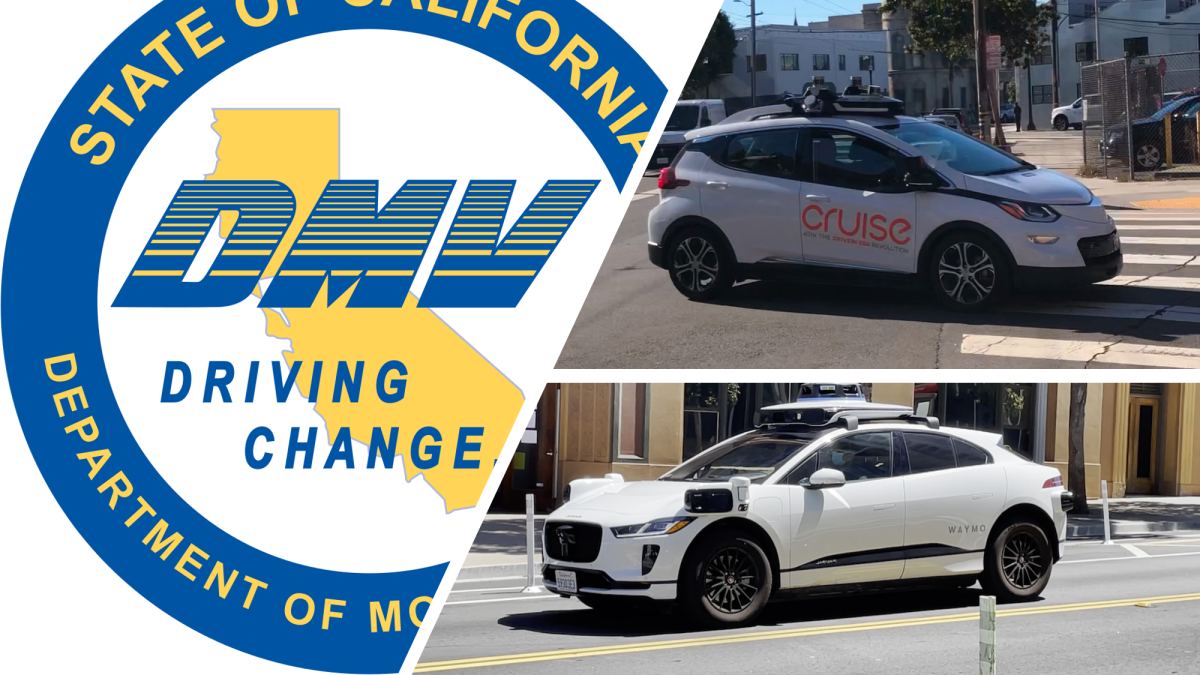It might also be the case that OEMs can’t justify 6kUSD to their BOM until there is solid demand and legislation.If we don't get eyes-off on highways by 2027-28, it won't be because the cameras, radar or lidar are not good enough, it will be because the software is not good enough. I don't believe the problem with autonomous driving is that the sensors are not capturing enough data or the right data.
Most consumers won’t pay $8k extra for hw and then a hefty monthly subscription fee each month.





